Visit to Lake Alice and the Dairy Research Unit
Lake Alice
On Thursday July 11th, the Bioenergy School went to Lake Alice to see water hyacinth removal. Here we began the water hyacinth Highway. Water hyacinth is a noxious plant that is notorious for clogging up eutrophied (runoff, nutrient loaded) water bodies in the state of Florida. At UFfs Lake Alice water hyacinth are mechanically managed during the warm growing period by Physical Plant Department (PPD), however small amounts of herbicide are still used. Water hyacinths were mechanically collected by a small boat that was equipped with a slicer that cut up the dense mats of growth and a kind of rolling grabbing device. Once full, the hyacinths were loaded of the boat onto a truck via a hyacinth escalator. The removal of water hyacinth off the lake and into the truck is managed by one man.
The loaded water hyacinths are trucked to the bull pen at the end of the collecting period. The hyacinth at the bull pen stay and dewater as they sit in the sun along with other organic debris waiting for removal. Because water hyacinths are around 95% water, it is important to allow some dewatering to reduce the weight. PPD is charged by weight of organic material. The bull pen green material site didn't manage the leachate from the organic matter; rather all of the waste is placed on open concrete area awaiting collection. We were able to follow the water hyacinth from Lake Alice to the collection area, learning exactly how the waste is collected and ultimately removed from campus.
Dairy Research Unit (DRU)
On Thursday July 15th, the Bioenergy School visited the innovative waste management system at the University of Floridafs Dairy Research Unit (DRU) in Hague. Dr. Wilkie gave the tour of the waste management system, and we enjoyed a short introduction to the DRU by David Bray, the manager. The DRU, located in the town of Hague, is a 500 head dairy. David explained to us that about 95% of forage for the cows is grown on site, making the dairy quite self-sufficient. Some of these forages include corn, sorghum, and others; one of the major forages not grown on site is alfalfa. The dairy researches everything from animal nutrition to cow disease, and every dairy research topic in between.
The Waste Management System at the dairy is notable because the DRU manages its waste through anaerobic digestion. Anaerobic digestion is a microbial process in which organic matter is removed from a feedstock to produce biogas. Biogas is a renewable energy source made up of methane, carbon dioxide and trace amounts of hydrogen sulfide and water vapor. At the DRU anaerobic digestion has many additional benefits such as pathogen reduction, odor control, water conservation, and nutrient capture for land application.
The tour started with the cows. The cows were bedded on sand, the manure- along with the bedding- was flushed with water to the waste management system. We followed the open-air waste stream from the cowsheds to the pretreatment stage of the process. Sand was removed from the manure in a sand trap. The sand trap consisted of a simple obstacle that changes the velocity, allowing the sand to fall out. The bedding material is recovered by a CAT removing the material from the sand trap and is passively washed in a big pile by rain. The waste stream then moves onto a solids separation step. Fiber is removed mechanically and recovered. The manure fiber is wonderful for organic farmers seeking soil amendments or compost material. The separated fluid flows through a series of weirs and screens to remove any additional solids. These steps are important because the anaerobic digester design is equipped to handle a low solids waste stream.
The anaerobic digester at the DRU was designed by Dr. Wilkie. The design is a fixed film reactor capable of handling a large load at a short retention time. Typical covered lagoon designs have a retention time or 20 days for the animal manure. The DRU fixed film has a 3-day retention time. The biogas coming off the DRU has an astounding 80-90% methane content, typical biogas consists of 60% methane. A fixed film immobilizes the community of microbes responsible for the anaerobic digestion process on a media. The feedstock flows over the media at ambient temperatures enhancing the process.
We followed the solids free waste stream to a metered air pump and eventually into the top of the 100,000 gallon fixed film tank. The flushed dairy manure flows over the media many times during its stay in the tank getting every chance to make contact with the microbial community. Biogas is collected from the top and is either flared off to help manage methane as a green house gas or is piped to a water heater providing the dairy with hot water. The effluent from the anaerobic digester has reduced pathogen content and lower chemical oxygen demand (COD), but retains all the nutrients coming into the process. The effluent is land applied to grow the crops for forage, closing the loop at the DRU.
In conclusion the UF Bioenergy School learned about the method that manure is managed at the DRU and the many benefits of anaerobic digestion. We followed the dairy waste stream from the cows to the field and water heaters. We saw first hand a waste product and nuisance being converted into money saving, eco-friendly products through innovation and thoughtfulness. The anaerobic digestion process turned manure into a soil amendment and energy resource, in the process helping curb green house gases, preserve nutrients, control odors, manage waste, and preserve water.
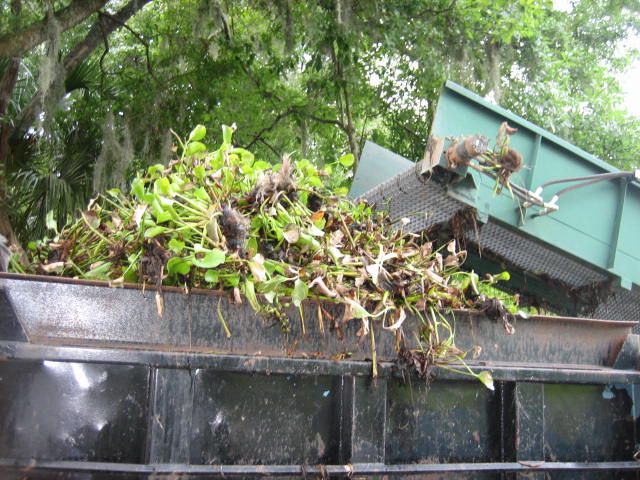 |
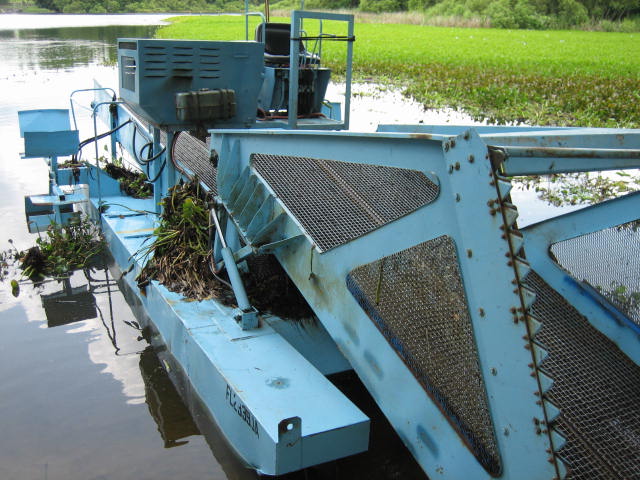 |
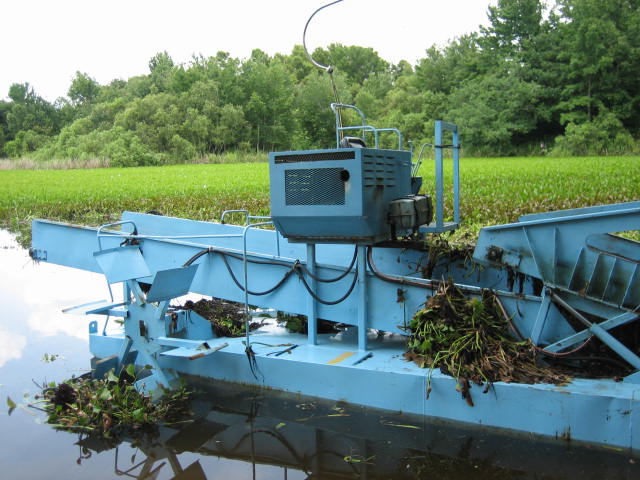 |
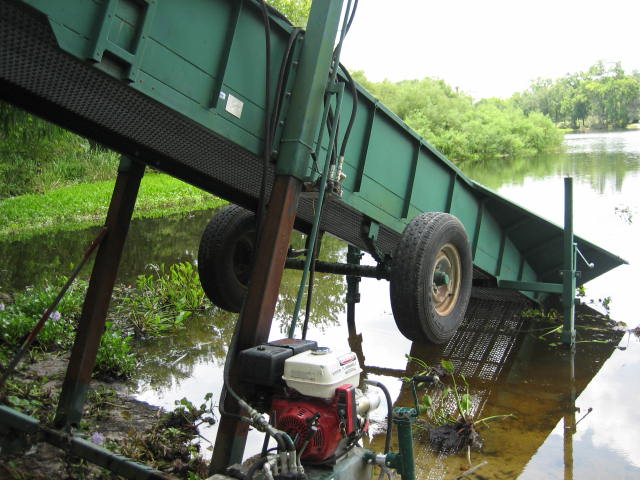 |
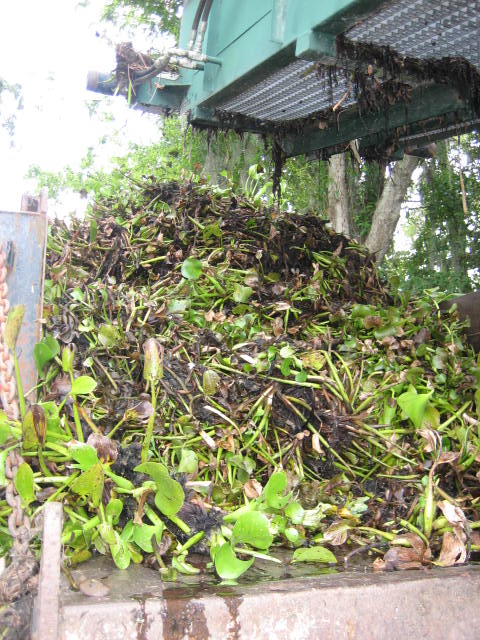 |
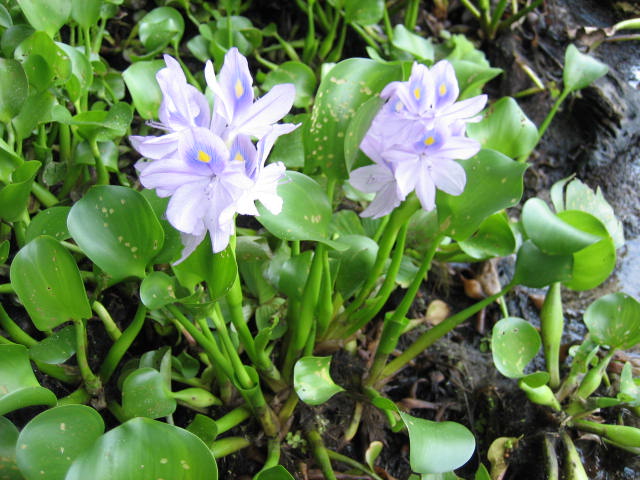 |
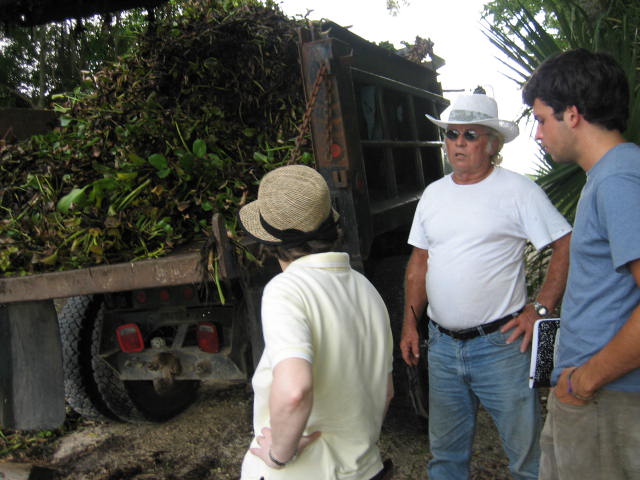 |
 |
 |
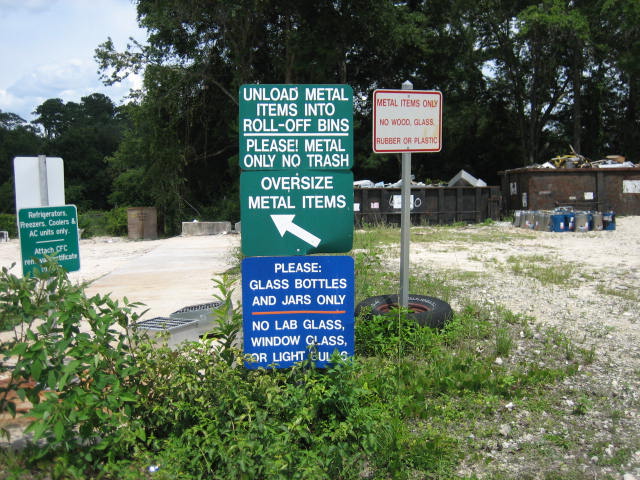 |
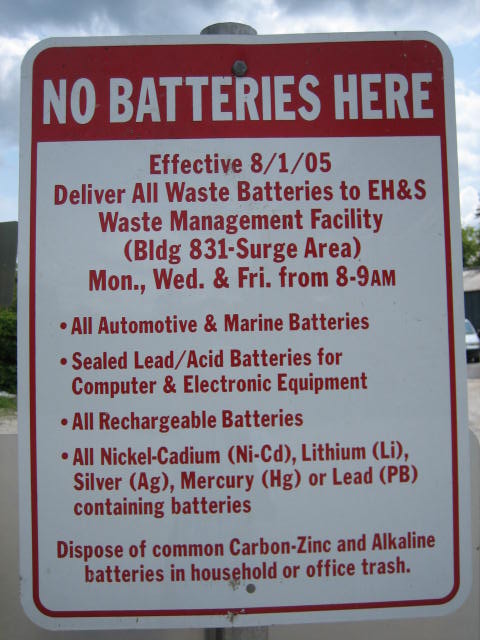 |
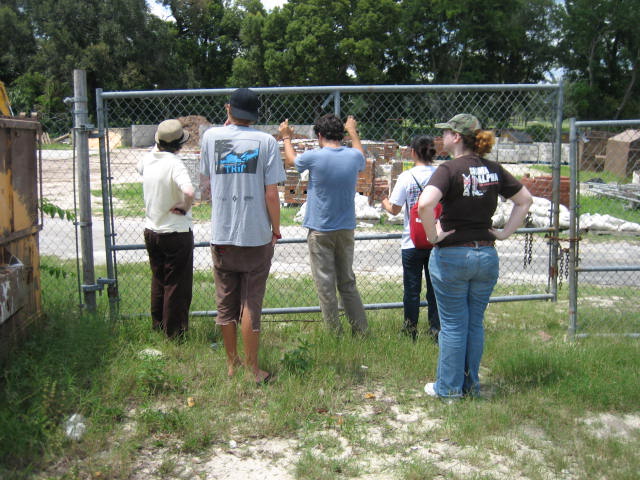 |
 |
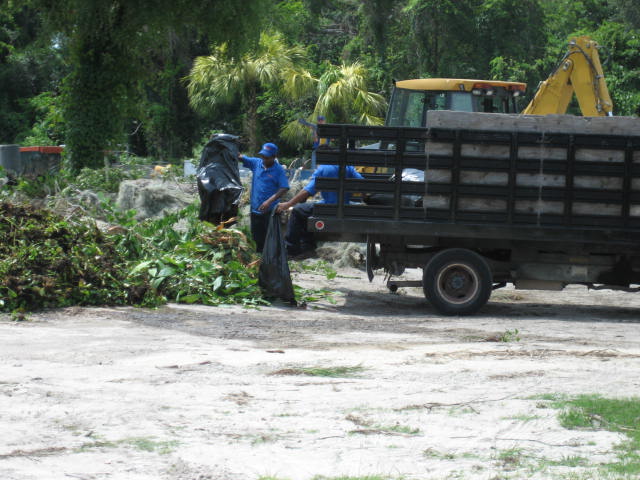 |
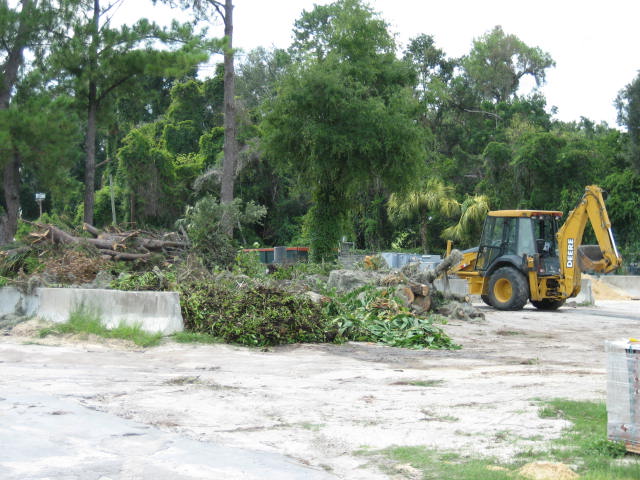 |
 |
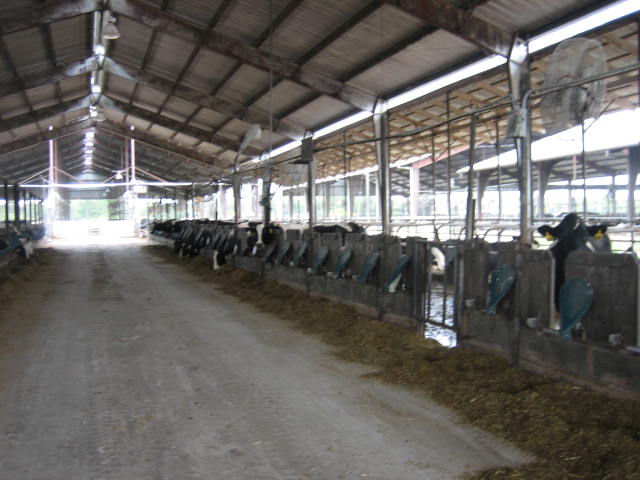 |
 |
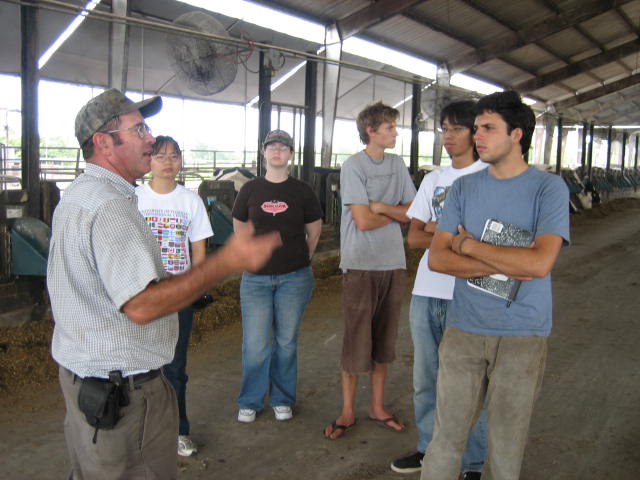 |
 |
 |
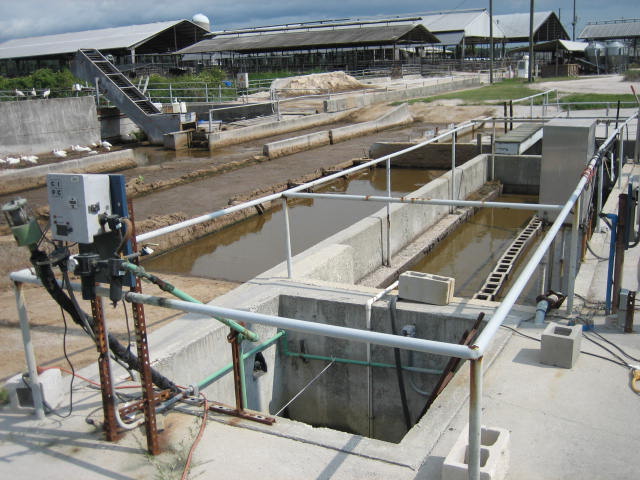 |
 |
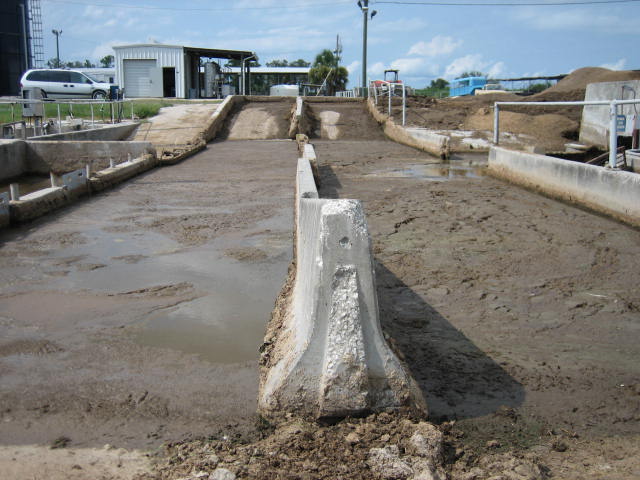 |
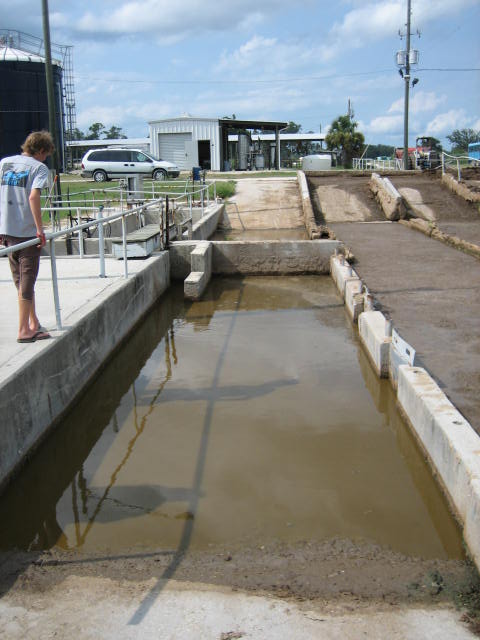 |
 |
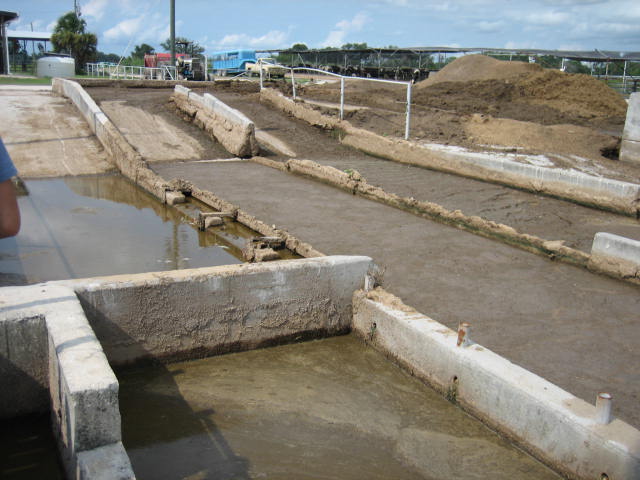 |
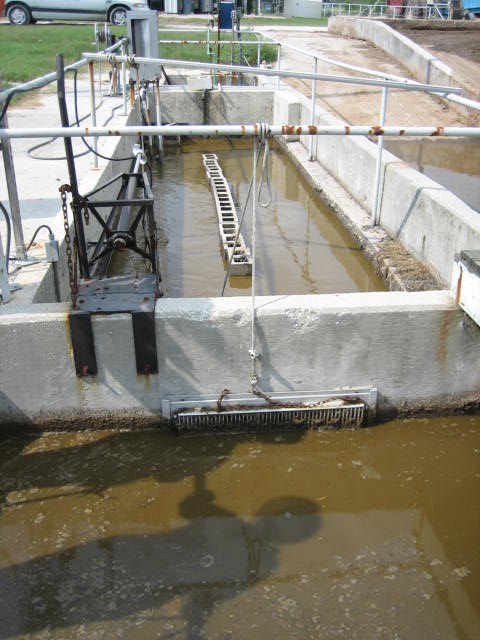 |
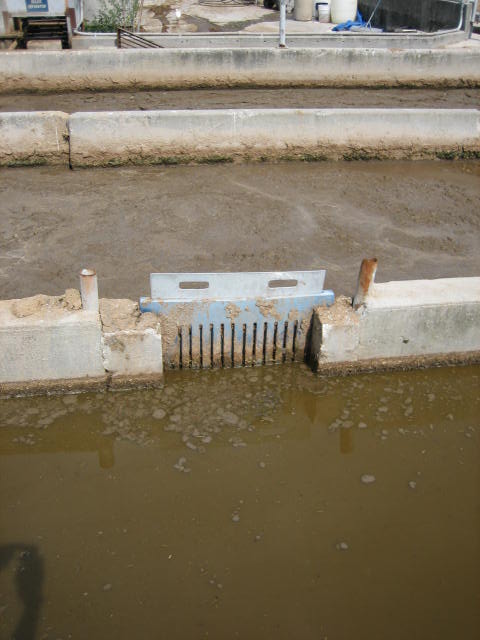 |
 |
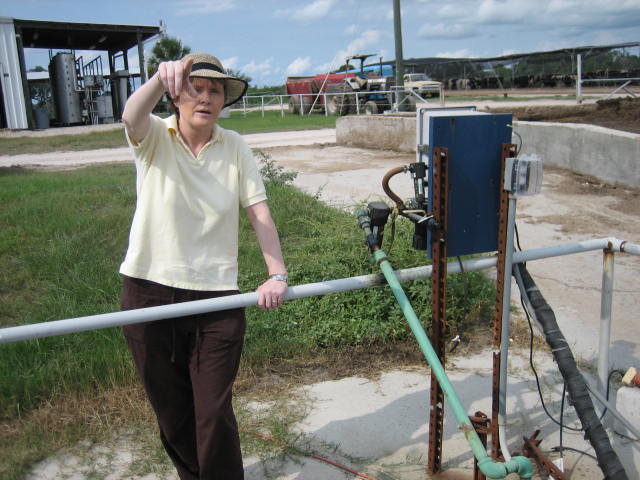 |
 |
 |
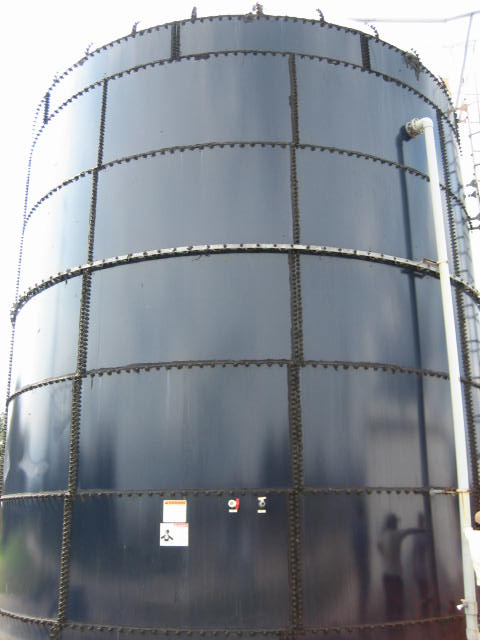 |
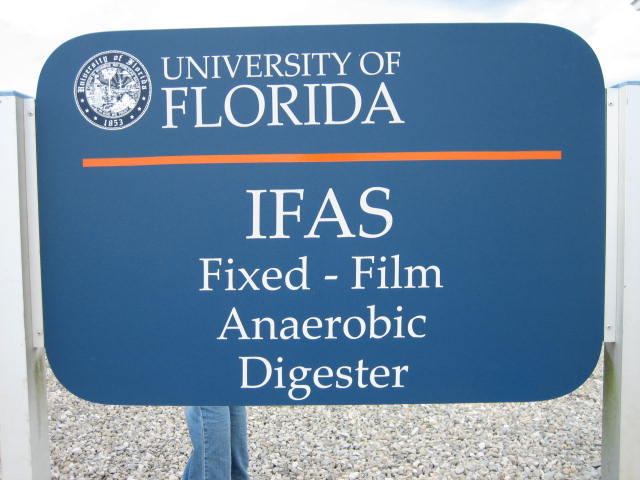 |
 |
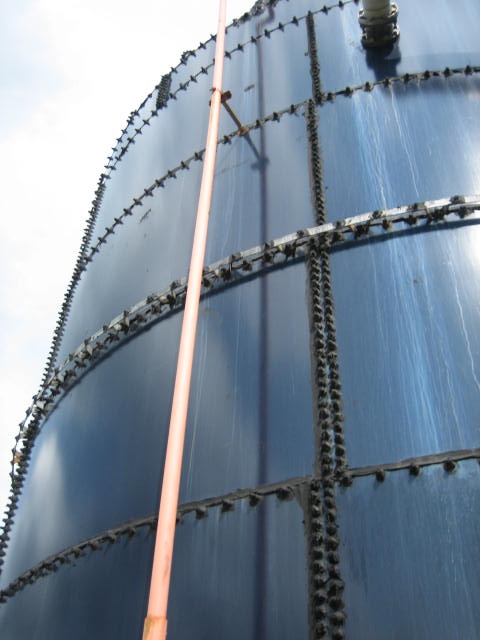 |
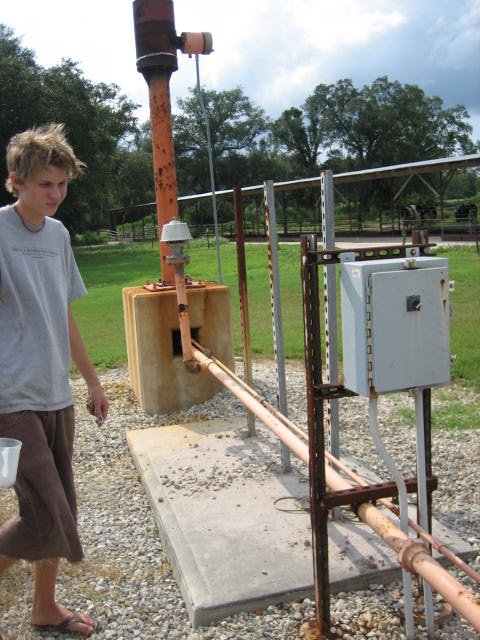 |
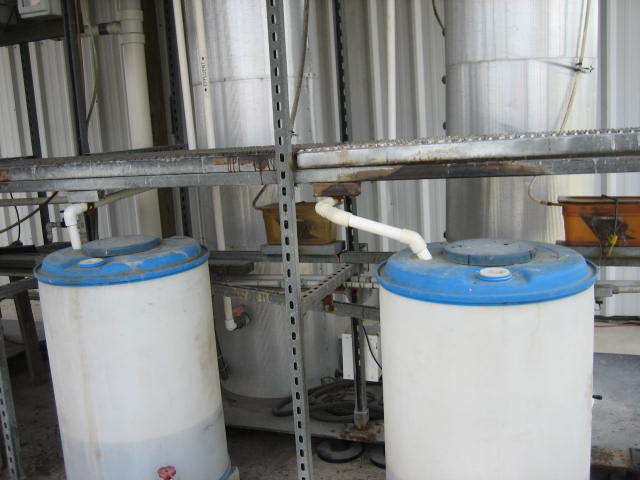 |